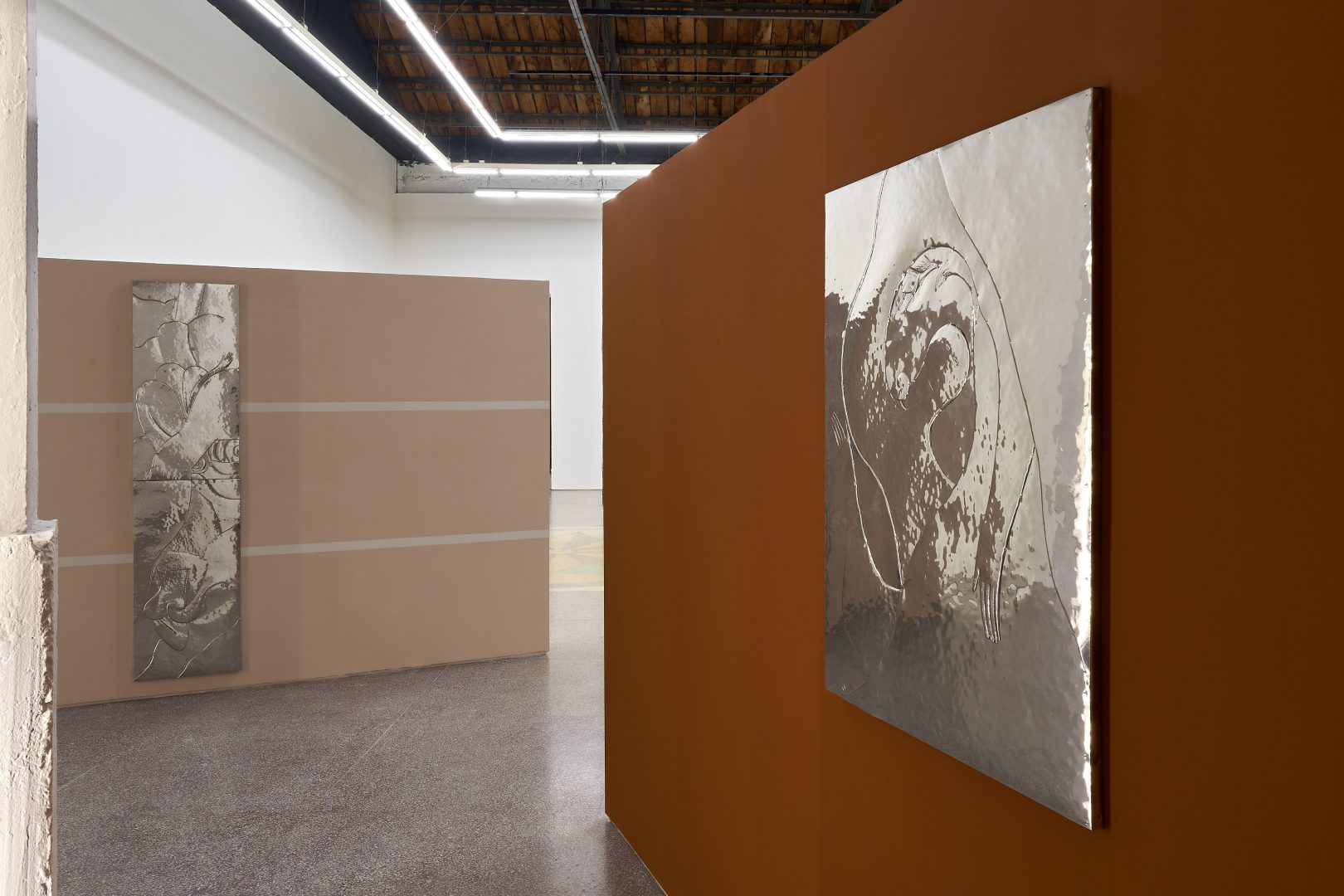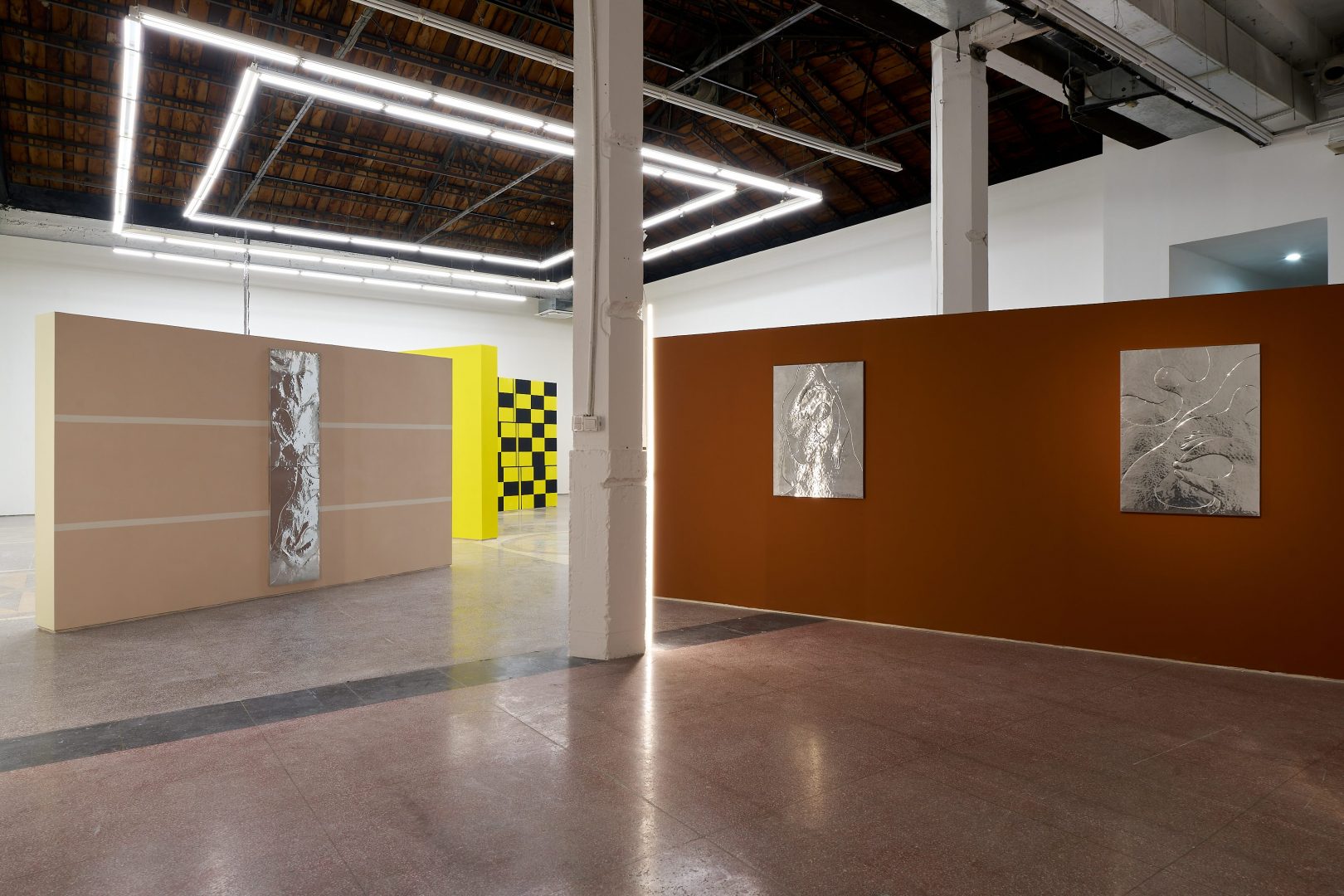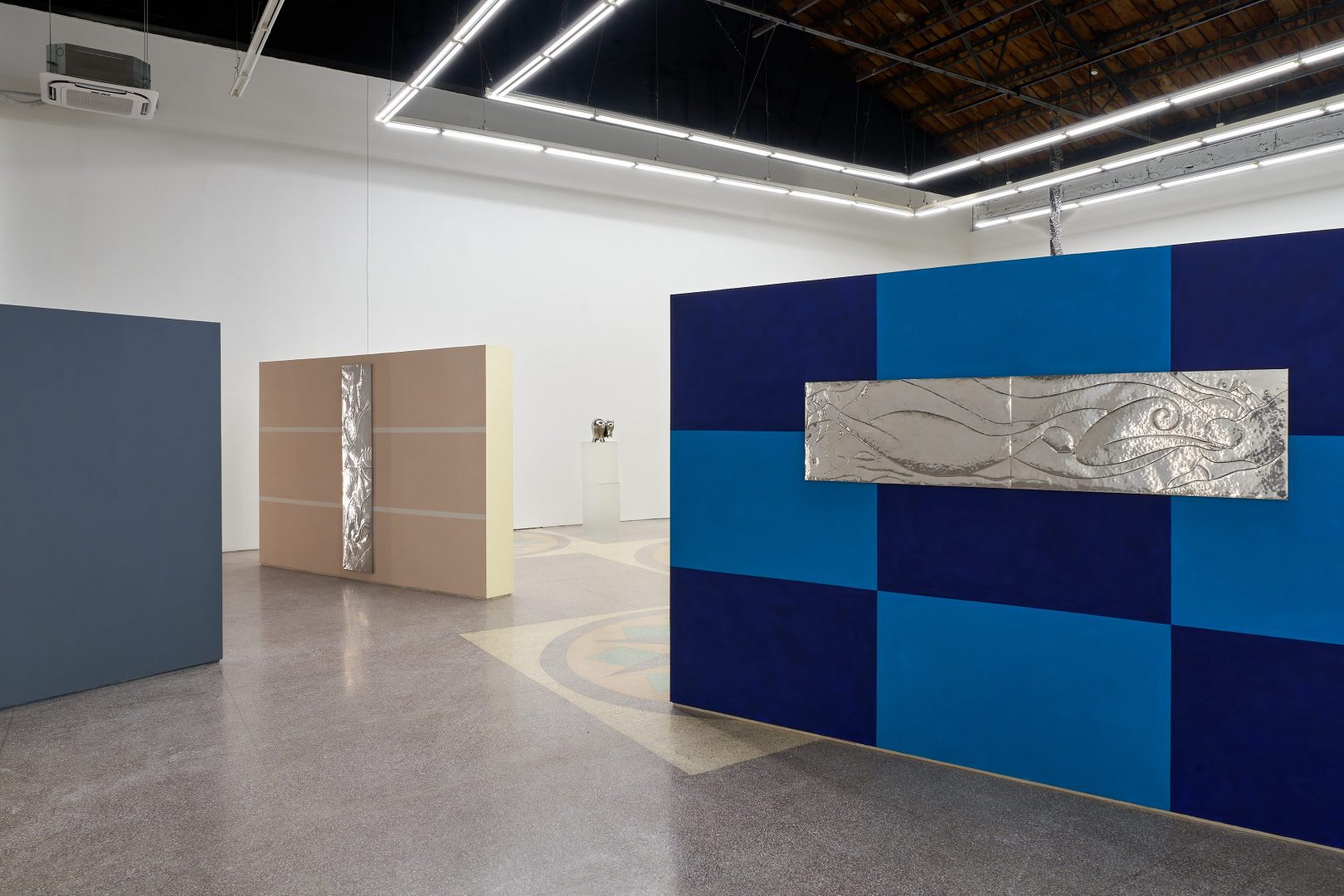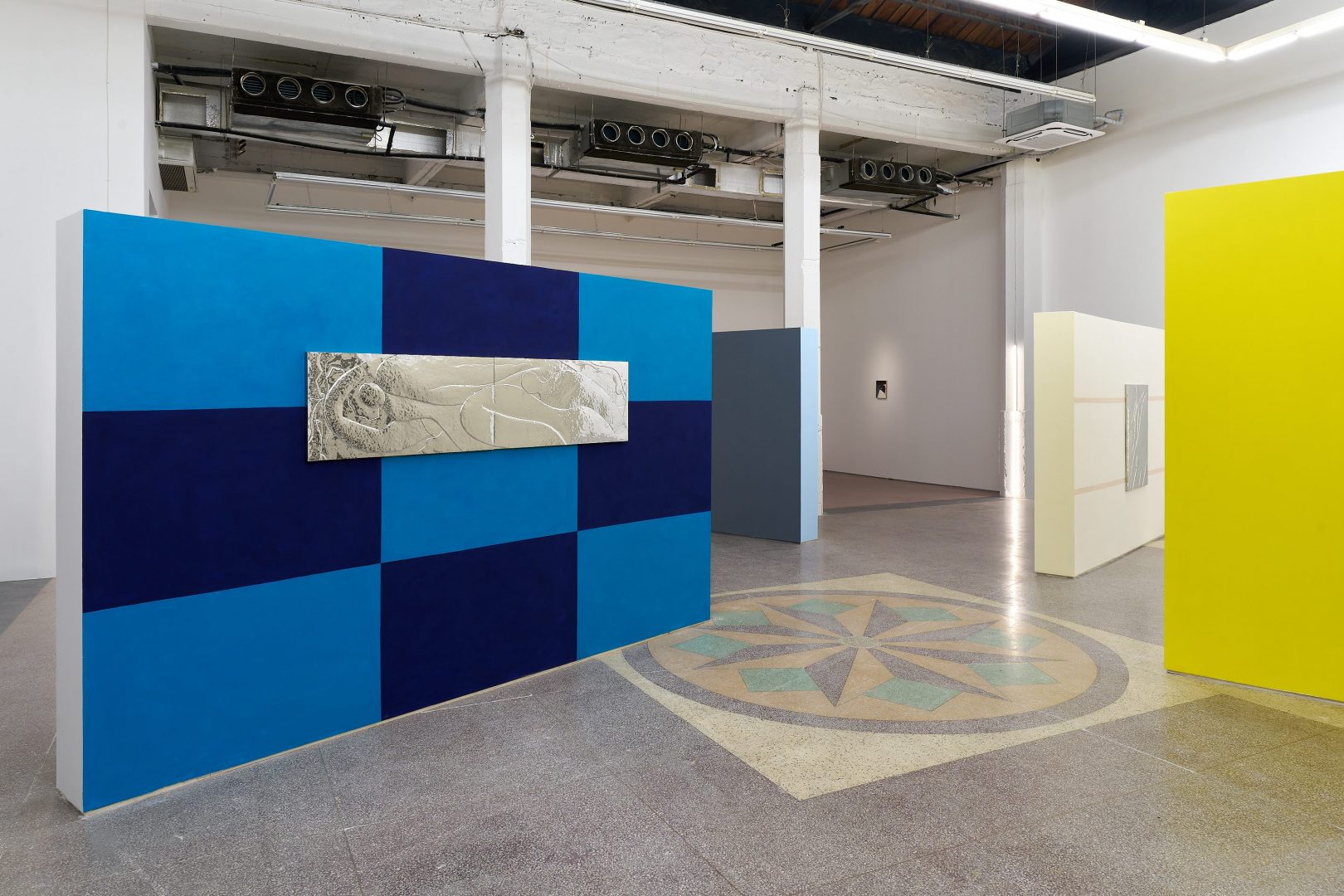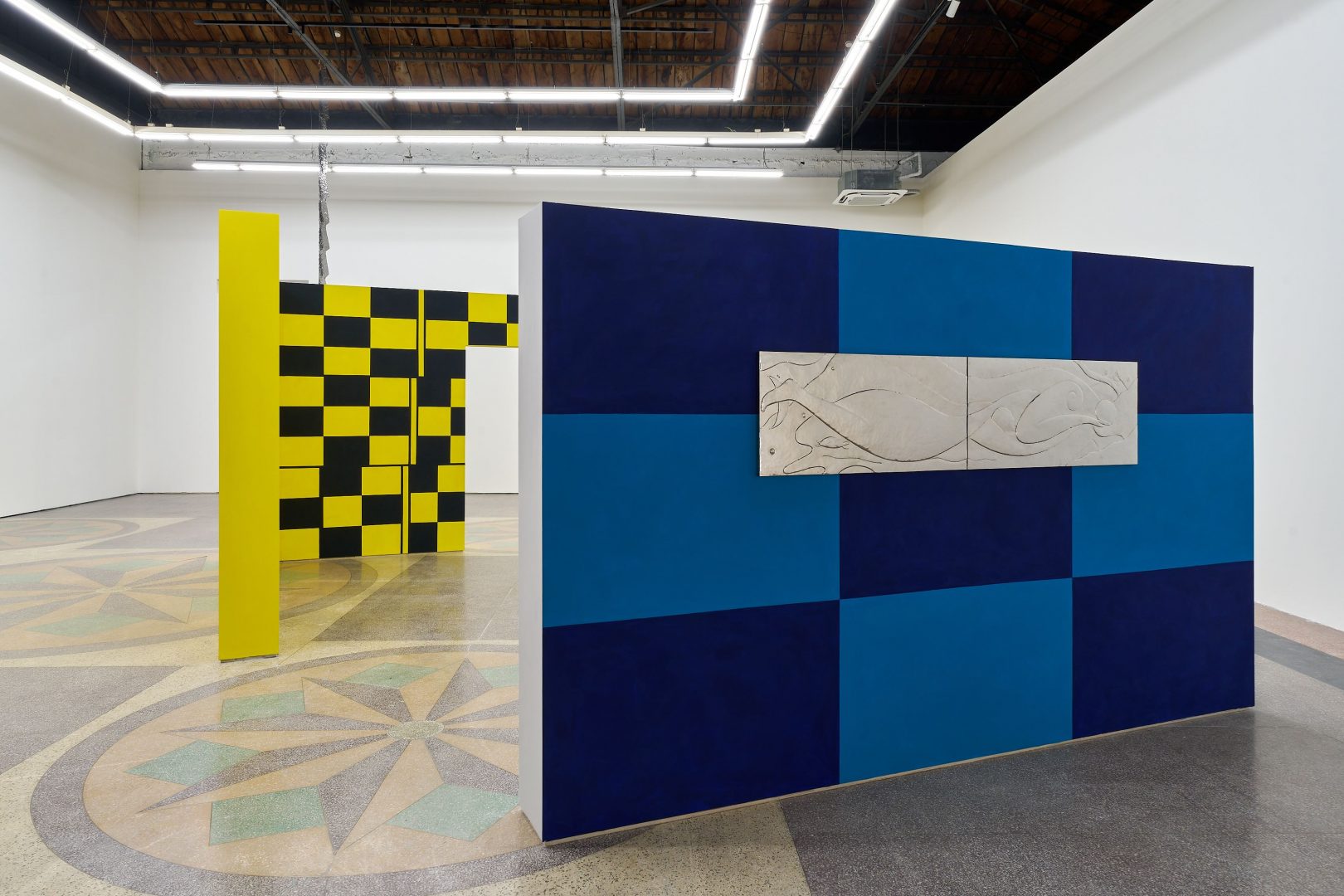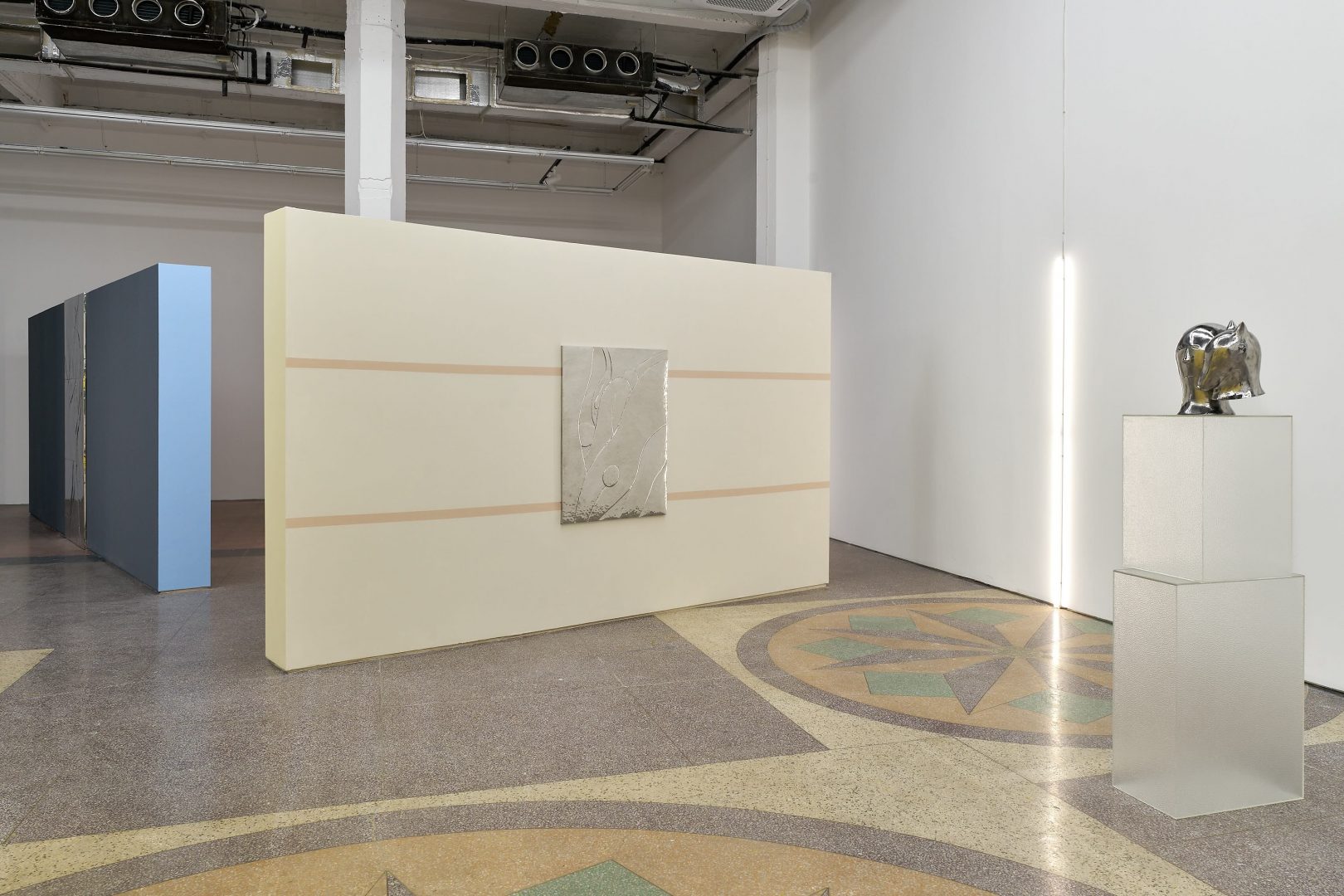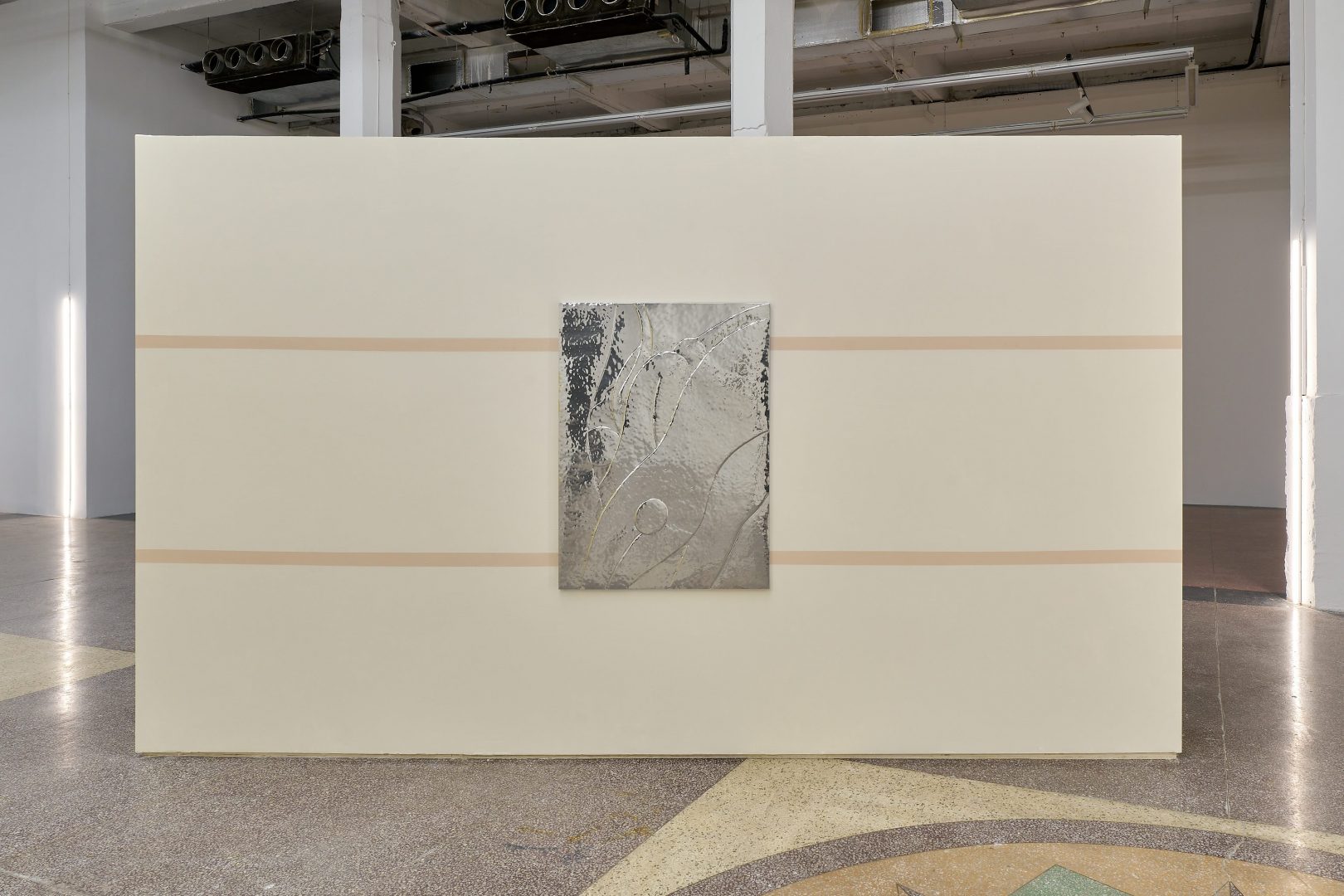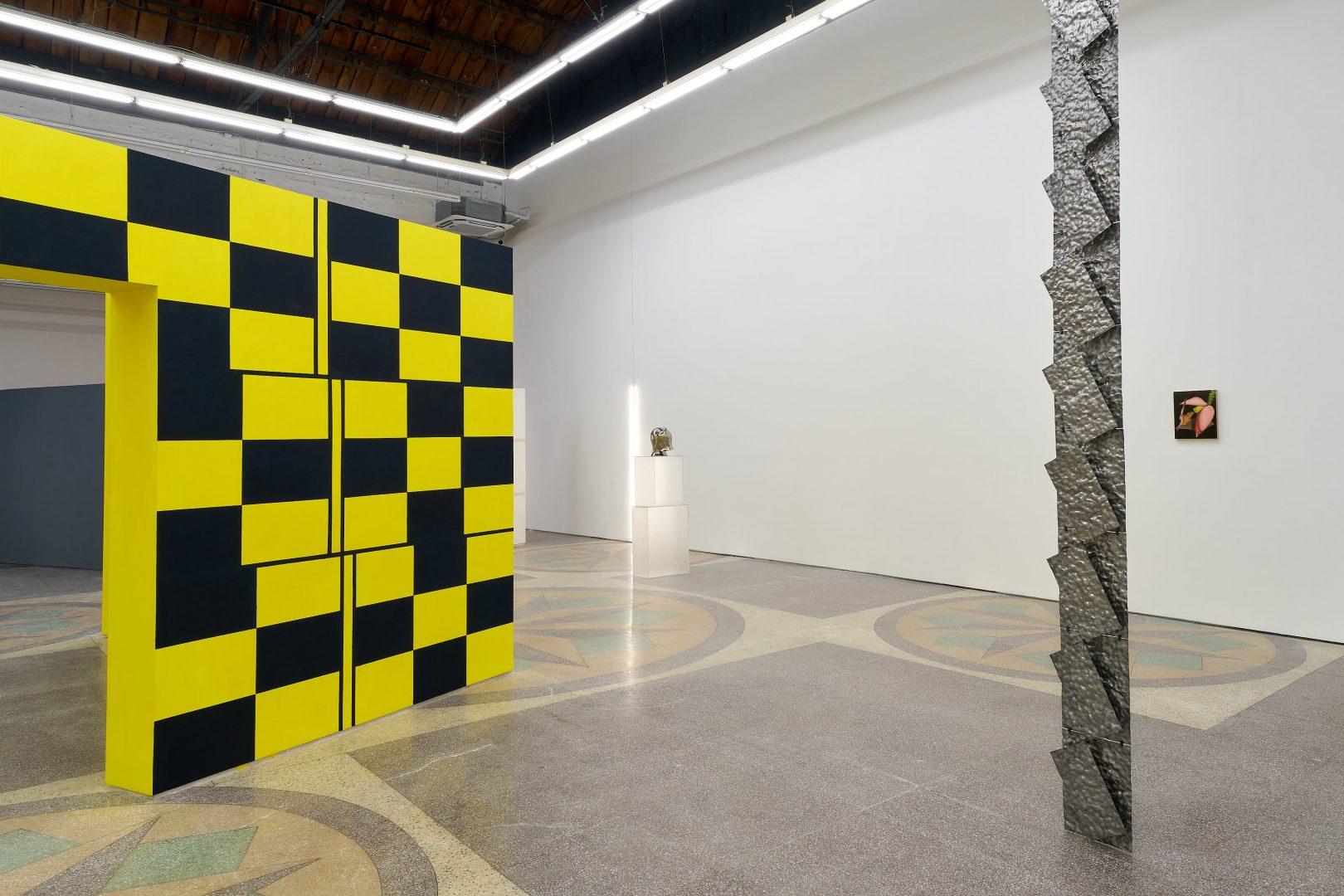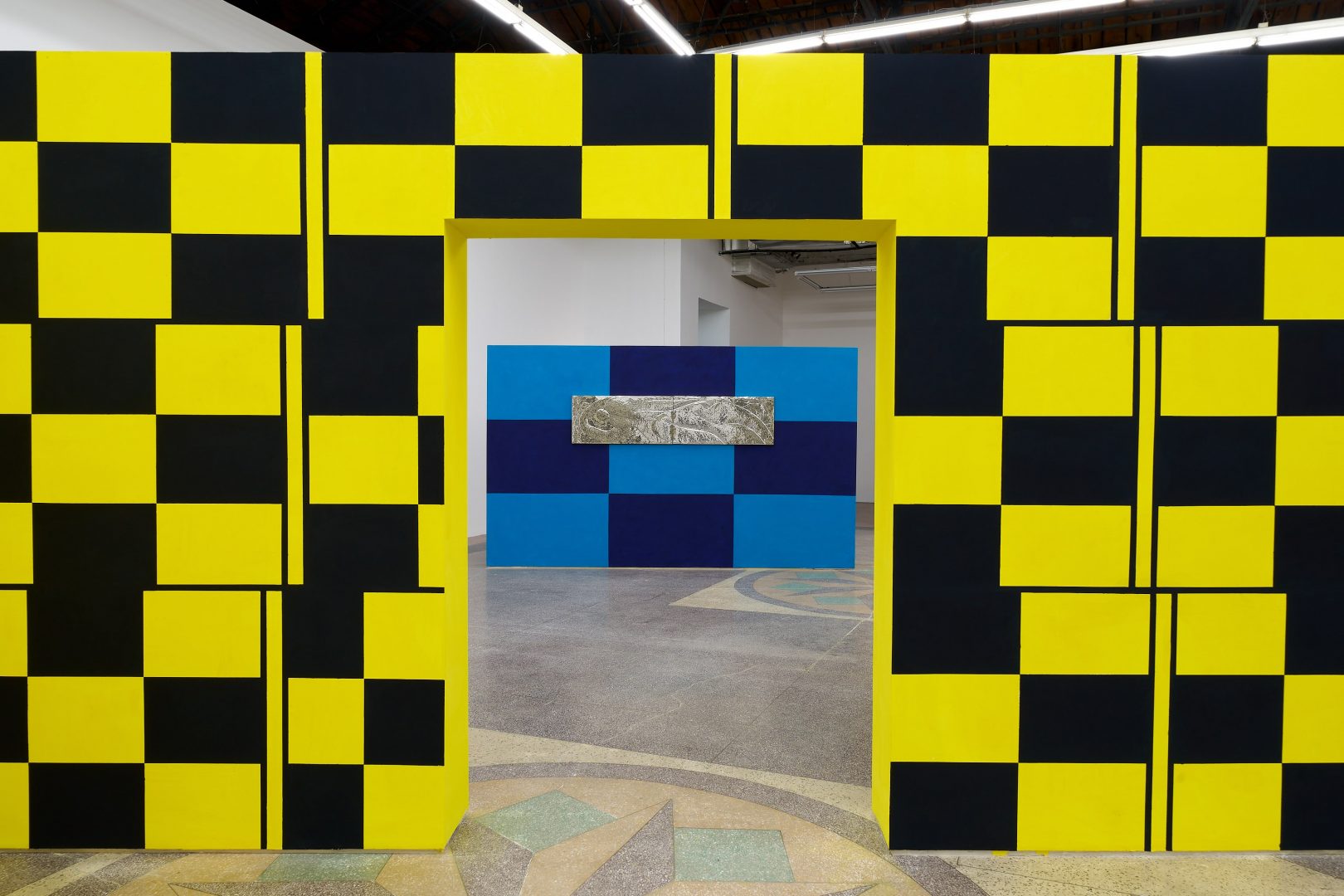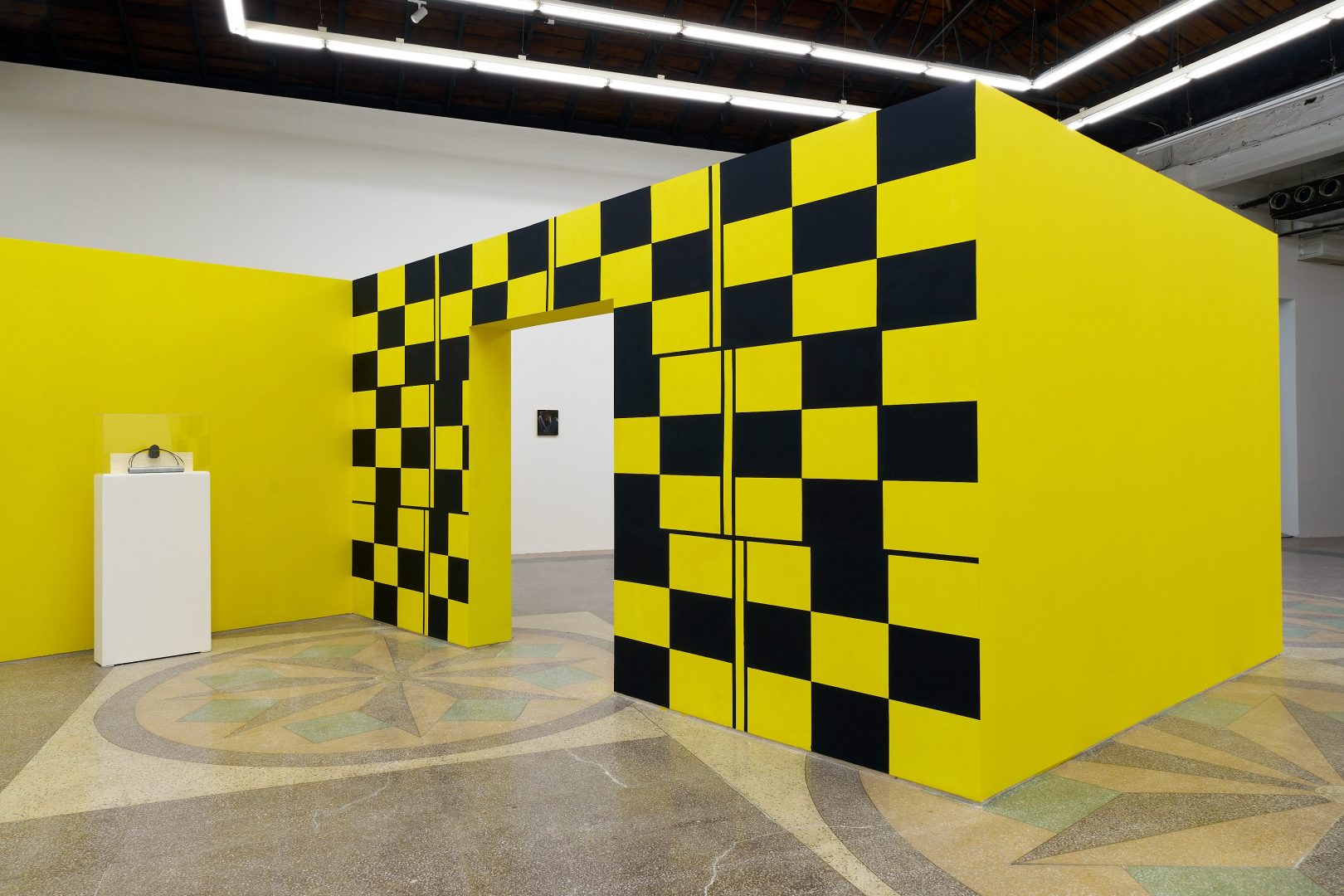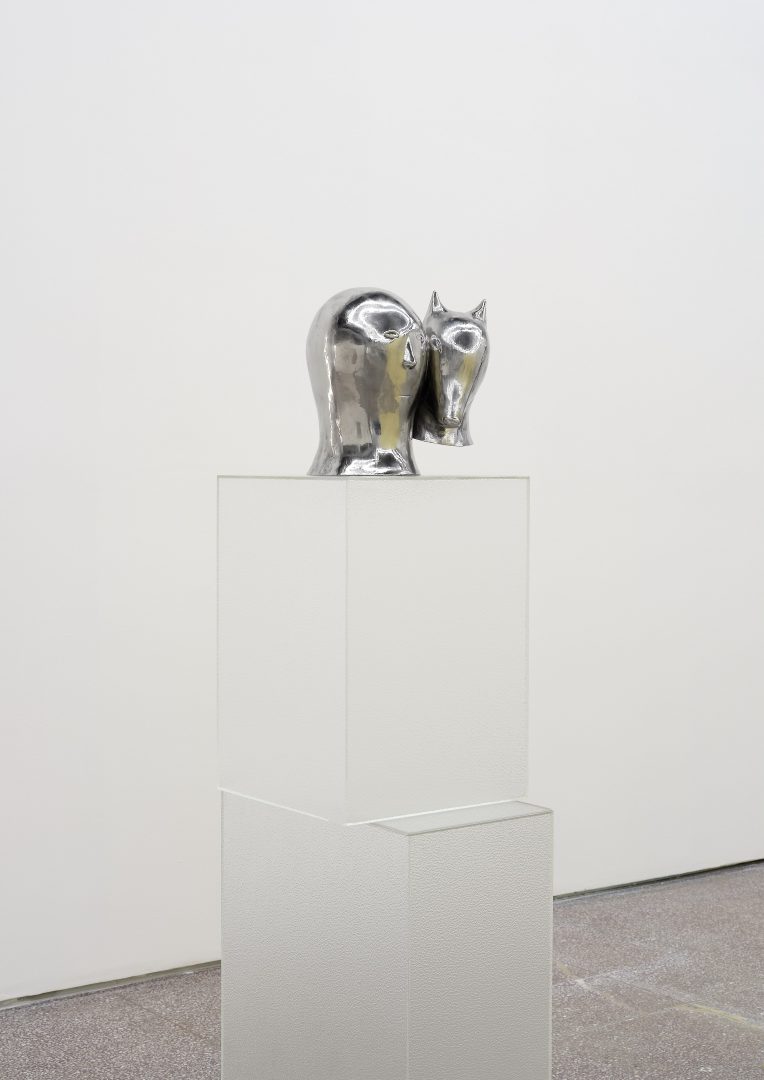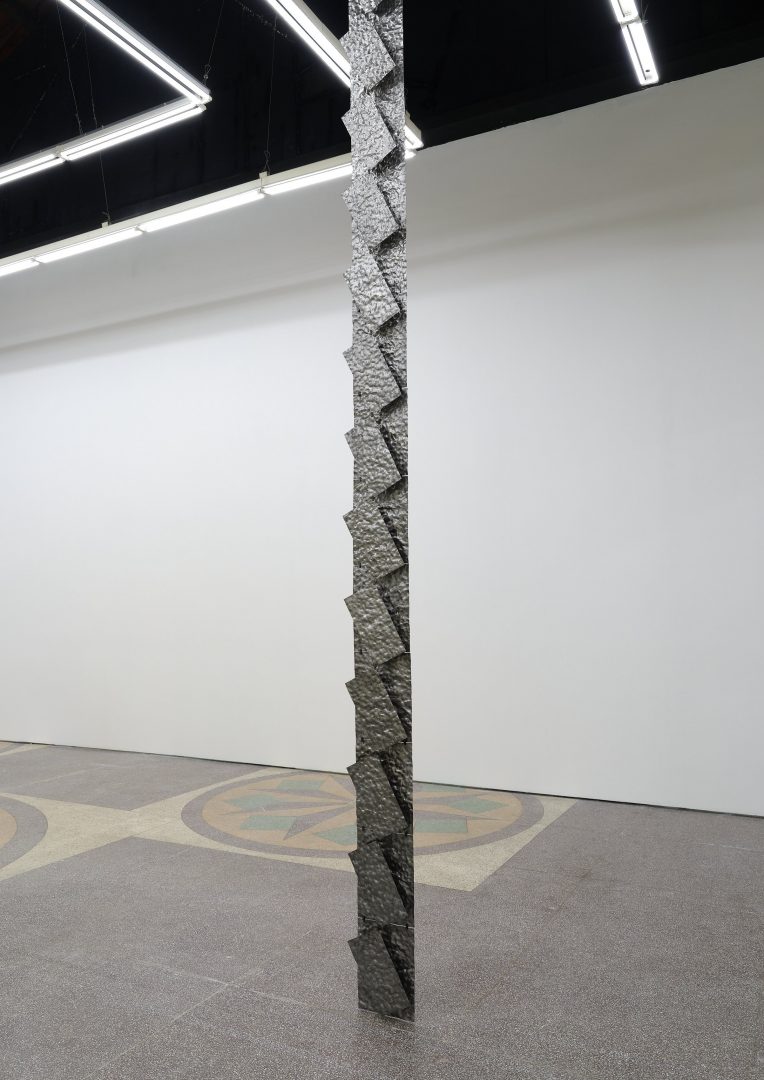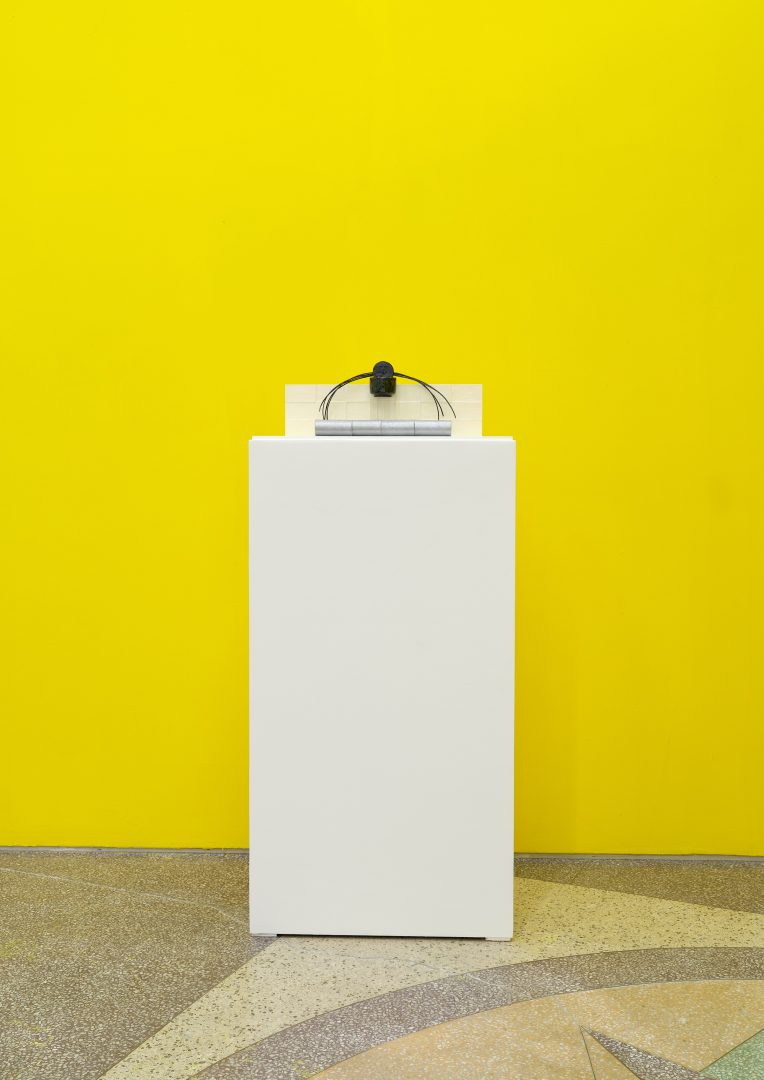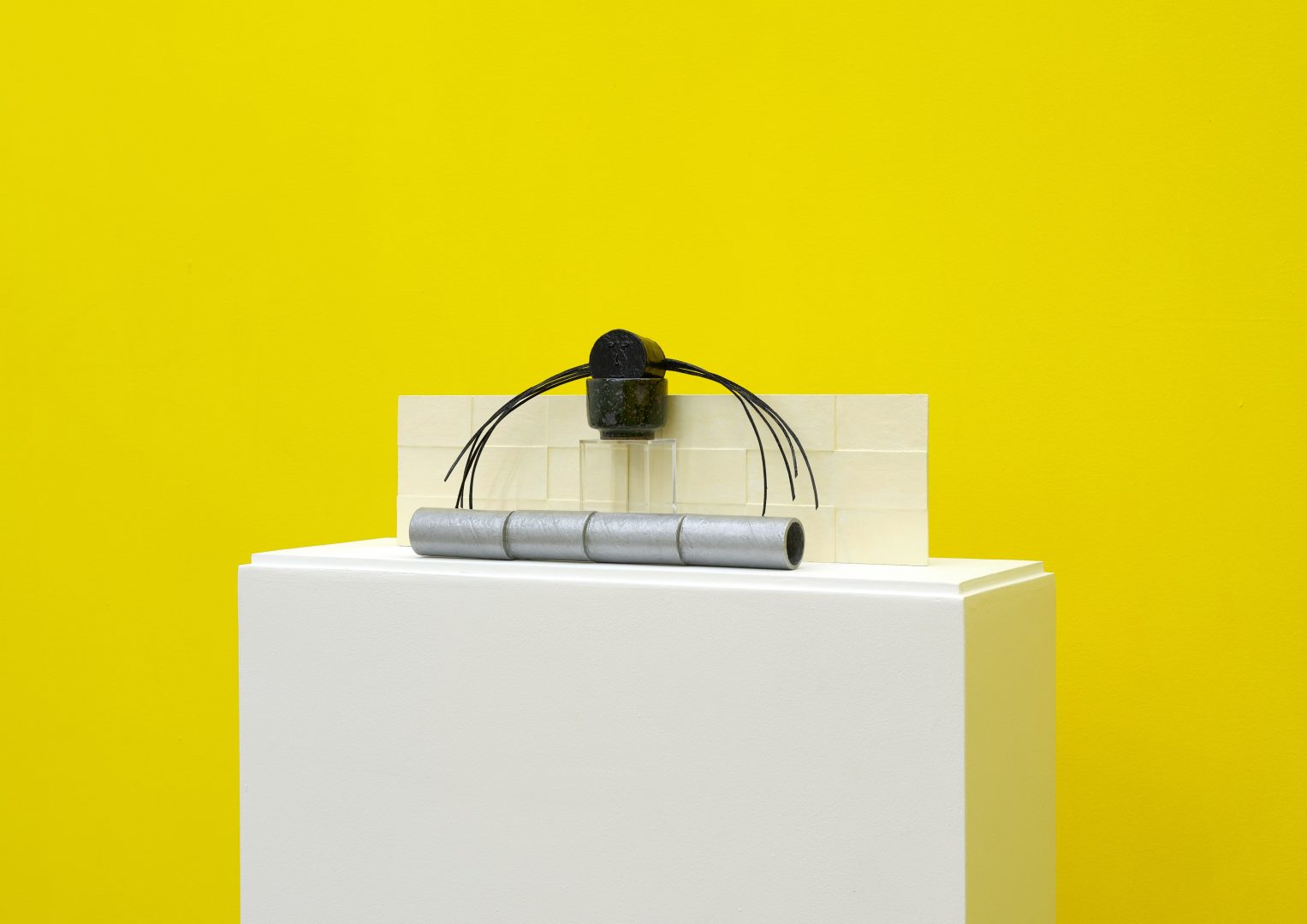2024.9.14 – 2024.10.27
Rodrigo Hernández: A Lyriform Organ

Antenna Space is pleased to announce Rodrigo Hernández’s first solo exhibition in China, A Lyriform Organ, which will open on September 14, 2024 and run through October 24, 2024.
A Lyriform Organ
All living creatures, while sharing the same physical space, experience it in wildly different ways. For all the textures, sights, sounds, vibrations, smells, tastes, electric and magnetic fields present in the world, every animal can only tap into a small fraction of reality’s fullness. Each is enclosed within its own unique sensory bubble, perceiving but a tiny sliver of an immense world.
There is a word for this sensory bubble –Unwelt. It was defined and popularized by the German zoologist Jakob von Uexküll in 1909. The term comes from the German word for “environment” but Uexküll didn’t use it simply to refer to an animal’s surroundings. Instead, an Unwelt is specifically the part of those surroundings that an animal can see and experience -its perceptual world. Each species is constrained in some ways and liberated in others. A spider, for example, can barely hear or see its surroundings. Its world is almost entirely defined by the vibrations coursing through its web – a self-made trap that acts as an extension of its senses. A bat’s sonar, on the other hand, is so acute that it could not only find the spider in a complete darkness but pinpoint it with the outmost precision and pluck it from its web.
To sense the world, animals detect stimuli –quantities like light, sound or warmth- and convert them into electrical signals, which travel along neurons toward the brain. The senses transform the coursing chaos of the world into perceptions and experiences -things to react to and act upon: they turn stimuli into information. They pull relevance from randomness, and weave meaning from miscellany. They connect animals to their surroundings, and they connect animals to each other via expression, displays, gestures, calls and currents.
In his classic 1974 essay “What Is It Like To Be a Bat?,” the American philosopher Thomas Nagel argued that other animals have conscious experiences that are inherently subjective and hard to describe. Bats for example, perceive the world through sonar, and since is a sense that the majority of humans lack, “there is no reason to suppose that it is subjectively like anything we can experience or imagine,” Nagel wrote. “I want to know what it is like for a bat to be a bat. Yet if I try to imagine this, I am restricted to the resources of my own mind, and those resources are inadequate to the task. In thinking about other animals, we are biased by our own senses and by vision in particular, given that our species and our culture are so driven by sight that even blind people will describe the world using visual words and metaphors. The boundaries of the human Umwelt often make the Umwelten of others opaque to us.
Touch is one of the mechanical senses that deal with physical stimuli like vibrations, currents, textures and pressures. For many animals, though, touch can operate at a distance. Some creatures like fish, snakes or spiders can feel the hidden signals that flow, blow and ripple through air and water. Using tiny hairs and other sensors they can feel the telltale signals of other animals from afar. But such signals are undetectable for us humans. The air around us is full of cues that we don’t identify. And so is the ground below us.
Human eyes can scan an entire room or scene and are sharp enough to make out the silk of a spiderweb. To the spiders, which have very poor eyesight, the room doesn’t really exist: There is only the web and whatever vibrates it; in that sense, the web extends the range of the spider’s senses well beyond the reach of its body. That body is covered in thousand of slit sensilia: vibration sensing cracks gathered into clusters called lyriform organs. Shaped as a bundle of parallel linear incisions, it resembles and is suitably named after a lyre: that stringed musical instrument used to accompany poetry recitals in Ancient Greece. Using these exquisitely sensitive organs, spiders can sense the vibrations coursing through whatever they’re standing upon, either the ground or its web. These spiders construct the surfaces that they then sense vibrations through. For that reason, the web isn’t just another substrate like soil or sand: It is part of the spider as much as those slits on its body. I find all this a beautiful round metaphor of making and experiencing art in relation to space and grounded in poetics.
Installation Views
Artworks
-

Rodrigo Hernández, A Lyriform Organ 1 (Enter space, supportless, eternal, still), 2024
Hand-hammered stainless steel
95 x 70 x 2.5 cm
作品信息Information -
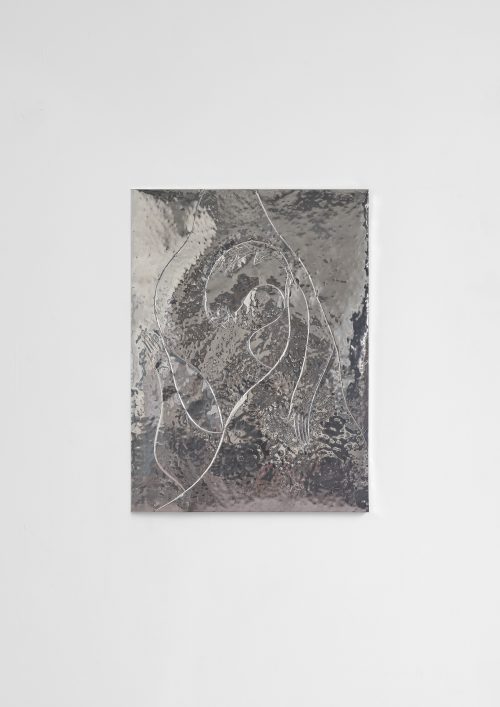
Rodrigo Hernández, A Lyriform Organ 2 (Be filled), 2024
Hand-hammered stainless steel
95 x 70 x 2.5 cm
作品信息Information -
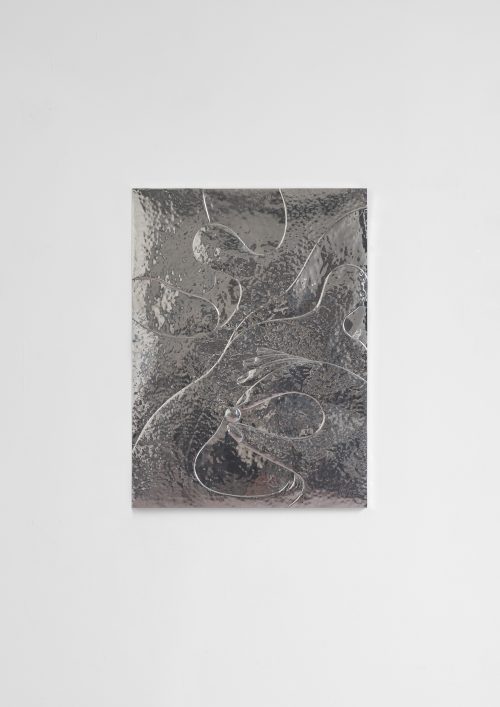
Rodrigo Hernández, A Lyriform Organ 3 (This is This / Tiny Sphere), 2024
Hand-hammered stainless steel
95 x 70 x 2.5 cm
作品信息Information -

Rodrigo Hernández, A Lyriform Organ 4 (Let yourself become weightless, beyond mind), 2024
Hand-hammered stainless steel
140x 95 x 2.5 cm
作品信息Information -
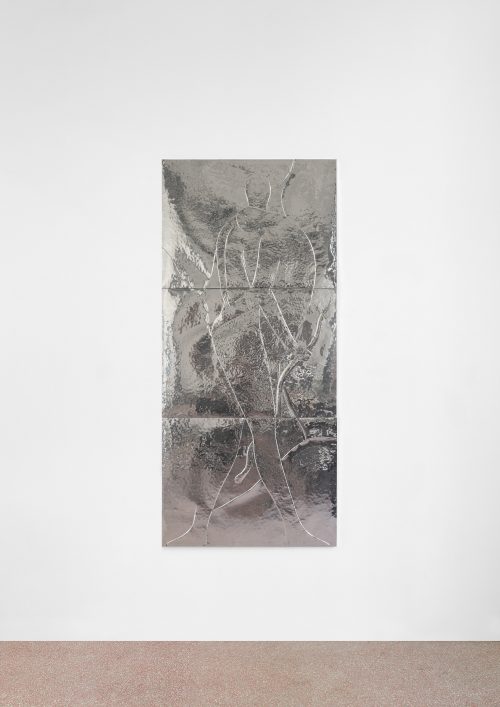
Rodrigo Hernández, A Lyriform Organ 5 (Devotion frees), 2024
Hand-hammered stainless steel
210 x 95 x 2.5 cm
作品信息Information -
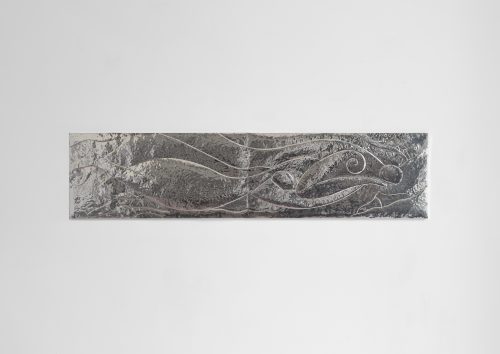
Rodrigo Hernández, A Lyriform Organ 6 (In moods of extreme desire), 2024
Hand-hammered stainless steel
45 x 180 x 2.5 cm
作品信息Information -
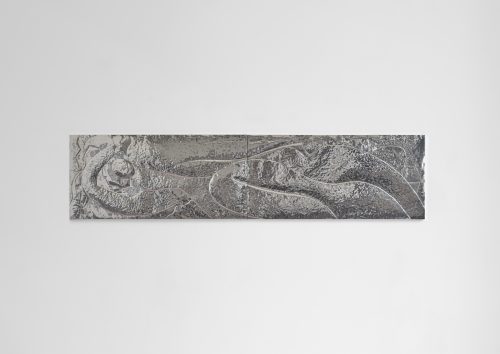
Rodrigo Hernández, A Lyriform Organ 7 (Each particular perception limited, disappearing), 2024
Hand-hammered stainless steel
45 x 180 x 2.5 cm
作品信息Information -

Rodrigo Hernández, A Lyriform Organ 8 (The make-believe world burning to ashes), 2024
Hand-hammered stainless steel
45 x 180 x 2.5 cm
作品信息Information -
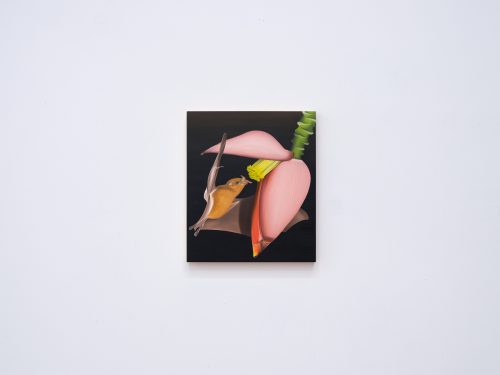
Rodrigo Hernández, A Lyriform Organ (O Beloved…), 2024
Oil on wood
35 x 30 x 3 cm
作品信息Information -
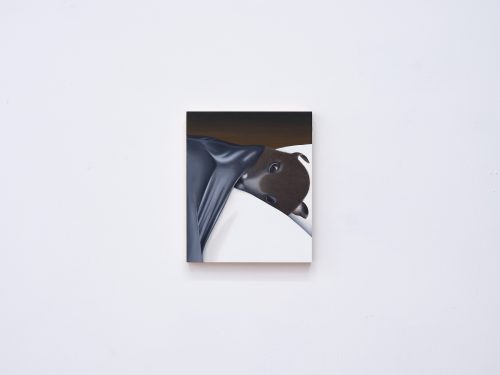
Rodrigo Hernández, A Lyriform Organ (Sweet-hearted one…), 2024
Oil on wood
30 x 25 x 3 cm
作品信息Information -

Rodrigo Hernández, A Lyriform Organ (Even remembering union), 2024
Oil on wood
30 x 35 x 3 cm
作品信息Information -
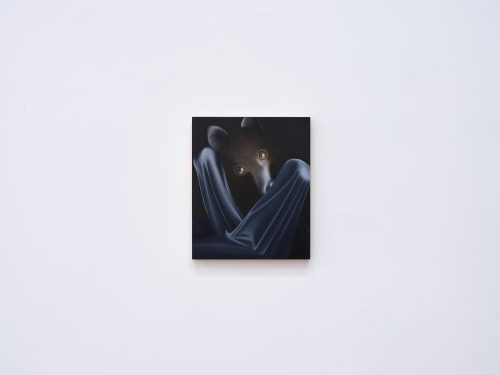
Rodrigo Hernández, A Lyriform Organ (O lotus-eye one…), 2024
Oil on wood
30 x 25 x 2.5 cm
作品信息Information -
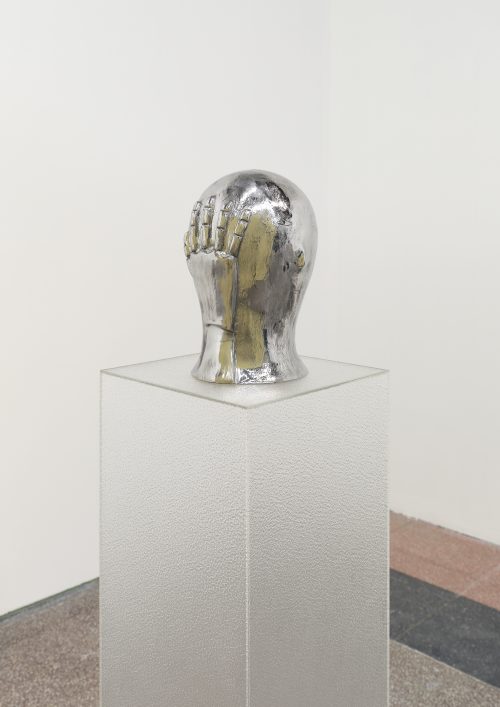
Rodrigo Hernández, Feel: My thought, I mess, internal organs-me, 2024
Stainless steel cast (unique)
20 x 19 x 29 cm
With bespoke glass plinth:
120 x 30 x 30 cm
作品信息Information -
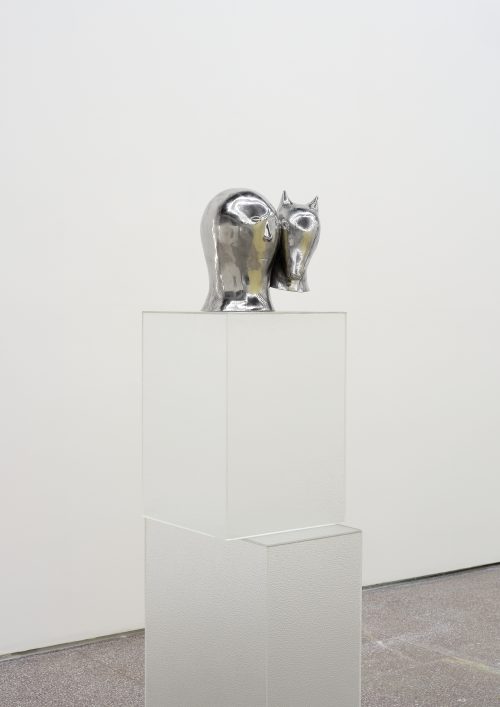
Rodrigo Hernández, When in such embrace your senses are shaken, enter this shaking, 2024
Stainless steel cast (unique)
31 x 23 x 29 cm
With bespoke glass plinth:
120 x 30 x 30 cm
作品信息Information -
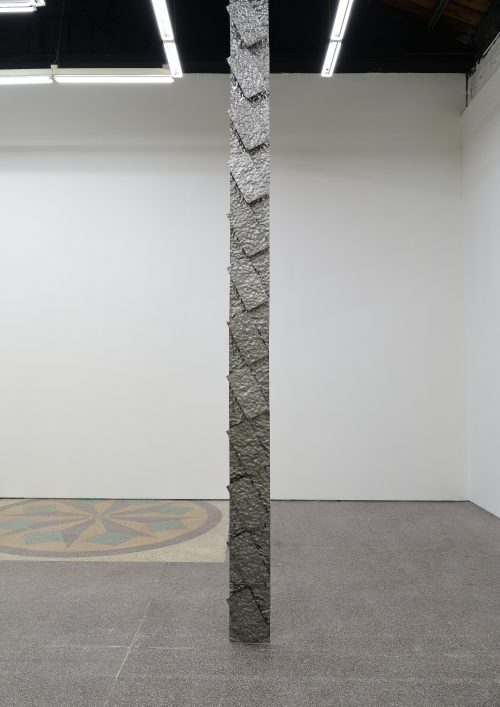
Rodrigo Hernández, Floating Serpentine, 2019
Hand-hammered steel
Variable measurements
作品信息Information -
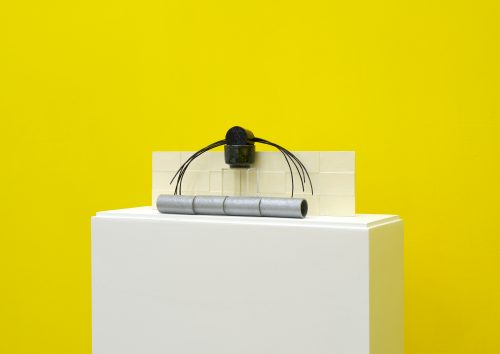
Rodrigo Hernández, Feel yourself as pervading all directions, 2024
Papier mâché, wood, paint, wood-fired porcelain teacup, pure pine soot ink stick, folding Buddhist scriptures copybook, other materials
45 x 15.5 x 17 cm
With bespoke plinth:
110 x 20 x 58 cm
作品信息Information
